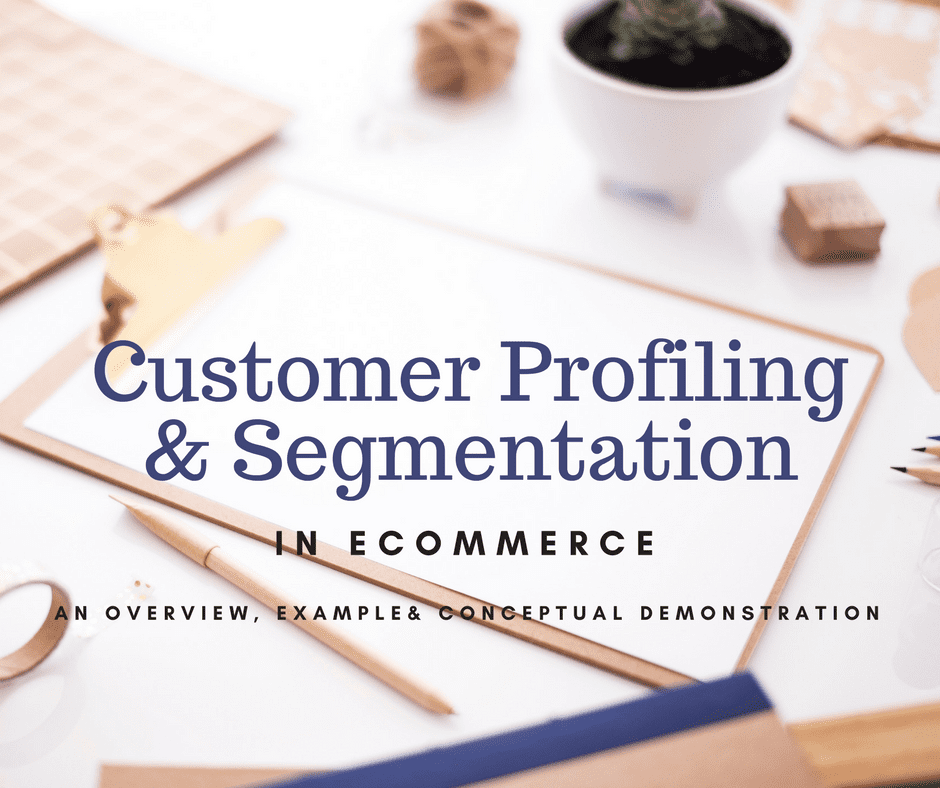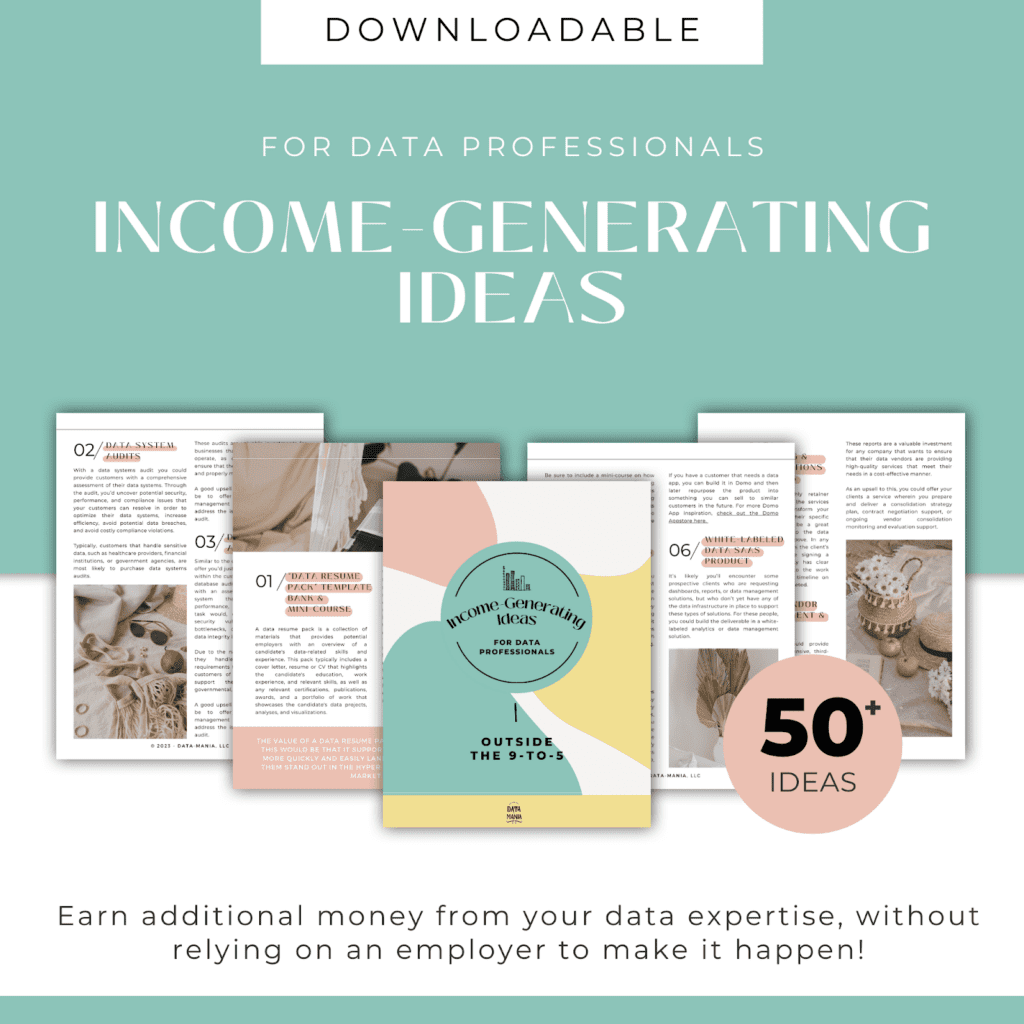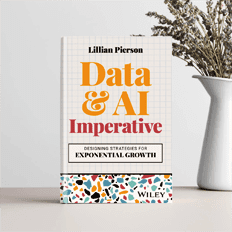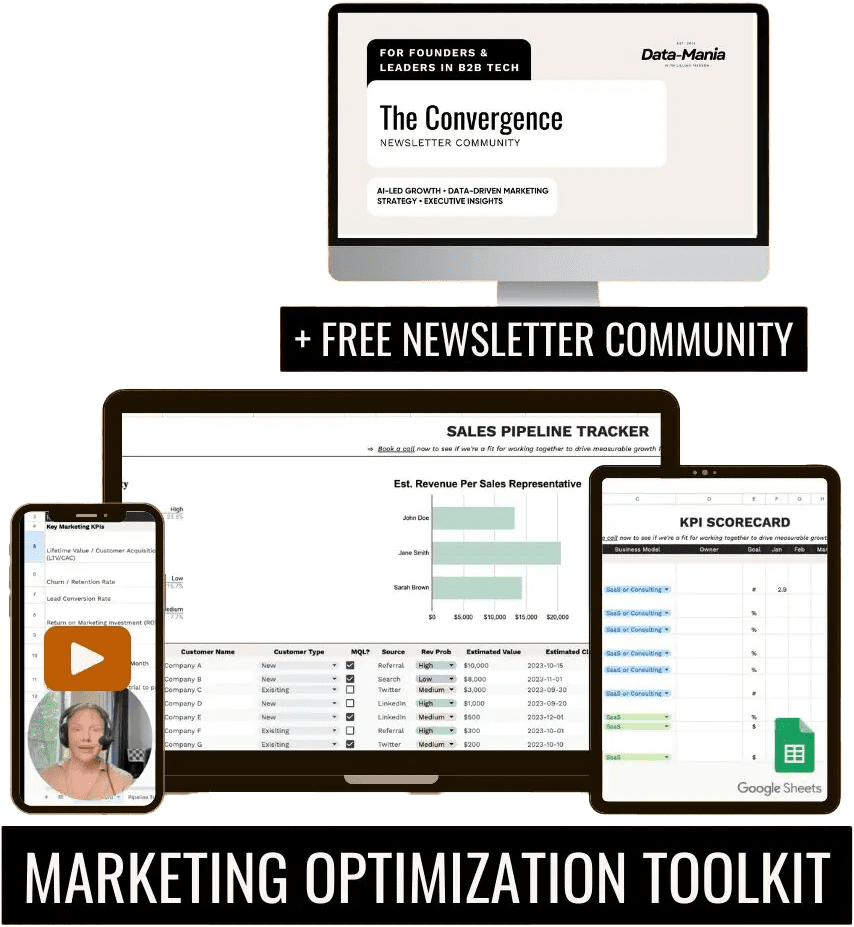Today’s post provides an overview, example, and conceptual demonstration of customer profiling and segmentation.
“Half the money I spend on advertising is wasted; the trouble is I don’t know which half” – John Wanamaker
I believe that to be one of the most powerful quotes that describe the dilemma of marketers in the most appropriate way.

Companies have always faced this challenge of reaching out to right customers, through right channels, at the right time and offer the right product.
In traditional brick and mortar stores, companies have always followed the strategy of bulk marketing – where they market and advertise their product to the entire universe. Imagine a company advertising diapers to 12 year kids or a company advertising baby products to 15 year kids. I believe the money spent on such advertisements constitutes the wasted half (of advertising money).
Moreover, in today’s world where marketing budgets are getting more and more tighter, and customers are flooded with a plethora of options at their fingertips, it becomes imperative to use the marketing budget judiciously and get the maximum possible return.
In typical brick and mortar stores, it may still not be that easy to be very specific about target customer segment but in the case of online companies or e-commerce, it is easier to reach out to the right customer, at the right time, through the right channel, with the right product offering.
In recent years, the commoditization of hardware and advancement in software space has made it economical and viable for companies to store customer data – be it their demographic details, browsing behavior, buying history or any other aspect.
There has also been an exponential increase in the e-commerce market across the globe.
According to Statista, the worldwide retail e-commerce sales in 2016 was USD 1.86 trillion and is expected to reach USD 4.5 trillion by 2021. In 2016, an estimated 19 percent of all retail sales in China occurred via internet; while, the same percentage in Japan was 6.7 percent. In India, total retail e-commerce sales in 2017 was USD 20 billion and is expected to reach USD 52 billion by 2021.
One of the reasons for such fast growth in e-commerce is due to the movement of customers from physical stores to online stores, and this has led to customers sharing personal information to companies. Companies are then using sophisticated analytical models and advanced technology to get the maximum insights so as to improve their customer acquisition and customer retention.
Data points needed for customer profiling and segmentation


- Demographic data
- Socio-economic
- Browsing patterns
- Buying history
- Time trend analysis
- Payment behavior
These data points are captured by companies at different stages of a customer life cycle through different platforms and mediums.
What are these companies doing with all this data?
Well, one of most important and common application is customer targeting. Companies are using customer data to improve their targeting so as to reduce customer acquisition costs and improve customer retention.
Marketers are creating customer segments, or rather, micro-segments, for different customer groups to create more personalized campaigns and reach customers in a more personalized manner.
A relevant use case for segmentation in ecommerce
Netflix is a king in using customer profiling and segmentation to monetize in ecommerce.
NetFlix has created more than 76000 micro-genres for its movie database. You may even find genres like Mother_Son_Love_1980s. Netflix has taken segmentation to altogether different levels by creating thousands of micro-segments. This is how companies are using data – to create micro-segments to reach customers.
The benefits of doing this are:
- Reduced marketing spend
- Low customer acquisition cost
- Improved customer retention
- More customer satisfaction
- Increase chances of cross-selling and up-selling
- High net promoter score
- Increased frequency of selling and high basket value
- Identifying satisfied and dissatisfied customers and then converting dissatisfied customers to satisfied customers
- Increase customer loyalty
- Reduce customer churn
- Develop effective strategy for new product launches
There are numerous other benefits of making marketing more personalized by creating micro-segments.
Now, we have understood why companies are capturing all this data, what is the use of doing this and how does this help companies, let’s move a step ahead and figure out how to do this?
Customer profiling and segmentation case study setup
Let’s develop the customer profiling and segmentation concept further by illustrating with a case study.
Let’s say I have an e-commerce company selling different kinds of products ranging from appliances to apparel, baby products to books, and other products. I have hundreds of thousands of customers visiting my website. The customers include old as well as new, coming from rural as well as urban areas, browsing through tablets, macbooks, laptops, desktops and mobile, visiting the website at various times of the day, tens of different attributes. I want to create different micro-segments for my customers so that I can target my products to the right customer and optimize my website according to visitors.
Some of the key categories I will use in my segmentation process are as follows:
Old vs New Customer –
Has the customer already visited my website? Is there any buying relation with the customer? If we already have a relationship with the customer, we can suggest products/discounts accordingly; however, if the customer is new, we will rely on other attributes initially.
Objective of the Customer –
Why has the customer come to the website? This might be a little challenging to model but identifying customer’s life events, past purchase history and other attributes, we may be able to track the objective of the customer. Otherwise, understanding if the customer has visited just to compare the price or if the customer is interested in buying the product also helps us in driving the marketing strategy for the particular segment.
Device used for Browsing –
Understanding what kind of a device customer uses helps us in knowing the socio-economic status of the customer. If the customer is browsing through iPad – it may reflect that the customer belongs to middle to upper strata.
Date of the Month –
A few customers may tend to shop in the first week of the month because they had just received their salaries. This helps us in identifying when to target such customer segment.
Day of the Week –
Analyzing customer’s buying history by studying the days on which customer has made purchases helps us in designing marketing campaigns. If we know that the customer usually buys on Sundays, then we should send her a reminder about the products they were looking for on Sundays, rather than bombarding them with notifications on other days.
Time of the Day –
If a customer usually visits my website during the late evening hours, then it may be safe to assume that the customer is a professional working somewhere. If we were to reach out to him, we should try to reach out to him during the late evening hours because that’s when the chances of customer showing interest increases.
Discount Influence –
For every retailer, whether it is e-commerce or brick and mortar store, discounting has become the norm. Understanding which customers tend to respond positively to discounts, and what is the right discount percentage helps us in positioning our products and balancing margins simultaneously.
There could, of course, be other attributes such as product category, average basket value, etc. that we could use to create further segments.
Now, let create a micro-segment by combining multiple attributes from the above list and then take a look at the granularity and insights it provides us.
Customer profiling and segmentation micro-segment
Imagine that I have a customer browsing for laptops on my website through an app from iPhone. We know that the customer is old and has past relations with the company.
Based on the past relationship, we have data to start our customer profiling and segmentation. We have the following customer details:
- Type of customer – old
- Objective – the customer mostly visits website to buy the product – ratio of converted visits to total visits is above 10% which falls in the top category (just a hypothetical scenario)
- Device – Uses iPhone
- Date of the month – buys product throughout the month – no specific day of the month where customer buys excessively
- Day of the week – mostly active on weekends
- Time of the day – visits website between 8 PM – 10 PM
- Discount – mix of discount and undiscounted items
- Purchase history
- Bought iPhone 7 last month
- 40% of overall spend on the website is on gadgets
- Payment behavior – pays through credit card if there is discount on credit card, otherwise cash on delivery
- Return behavior – returned products in 4% of the total deliveries
The above information gives us a granular level profile of the customer segment – it would be better to call it a micro-segment. In other words, we already have a solid basis for customer profiling and segmentation analysis.
How to use a micro-segment in real life
With the above information in mind, imagine that we were to send a notification or email to this customer – what should it contain?
Well, based on what we know about our customer, we need to make sure:
- The products promoted should be “top laptops”
- The website and email should be fully compatible with all types of iOS devices (especially mobile).
- The email should be sent on weekends between 8 PM – 10 PM
- The email should be sent on the weekend, though there is no specific constraint on the date of the month
- The email should reflect any discount promotions launched by credit cards
This can further be expanded for cross-selling other products. Since we know that the customer is a gadget-lover, we can send out emailers to the customer for the launch of new gadgets.
There are multiple other things which can be focused on while targeting the customer, but this example gives us a good understanding of why customer profiling and segmentation has become important for e-commerce companies. Targeting the right customers, acquiring customers at low cost, and retaining customers are the soul of any e-commerce business, for customers are what e-commerce companies are made up of.
More resources to get ahead...


Get Income-Generating Ideas For Data Professionals
Are you tired of relying on one employer for your income? Are you dreaming of a side hustle that won’t put you at risk of getting fired or sued? Well, my friend, you’re in luck.


Take The Data Superhero Quiz
You can take a much more direct path to the top once you understand how to leverage your skillsets, your talents, your personality and your passions in order to serve in a capacity where you’ll thrive. That’s why I’m encouraging you to take the data superhero quiz.
Author Bio:
This article was contributed by Perceptive Analytics. Chaitanya Sagar and Saneesh Veetil contributed to this article.
Perceptive Analytics provides data analytics, data visualization, business intelligence and reporting services to e-commerce, retail, healthcare and pharmaceutical industries. Our client roster includes Fortune 500 and NYSE listed companies in the USA and India.







